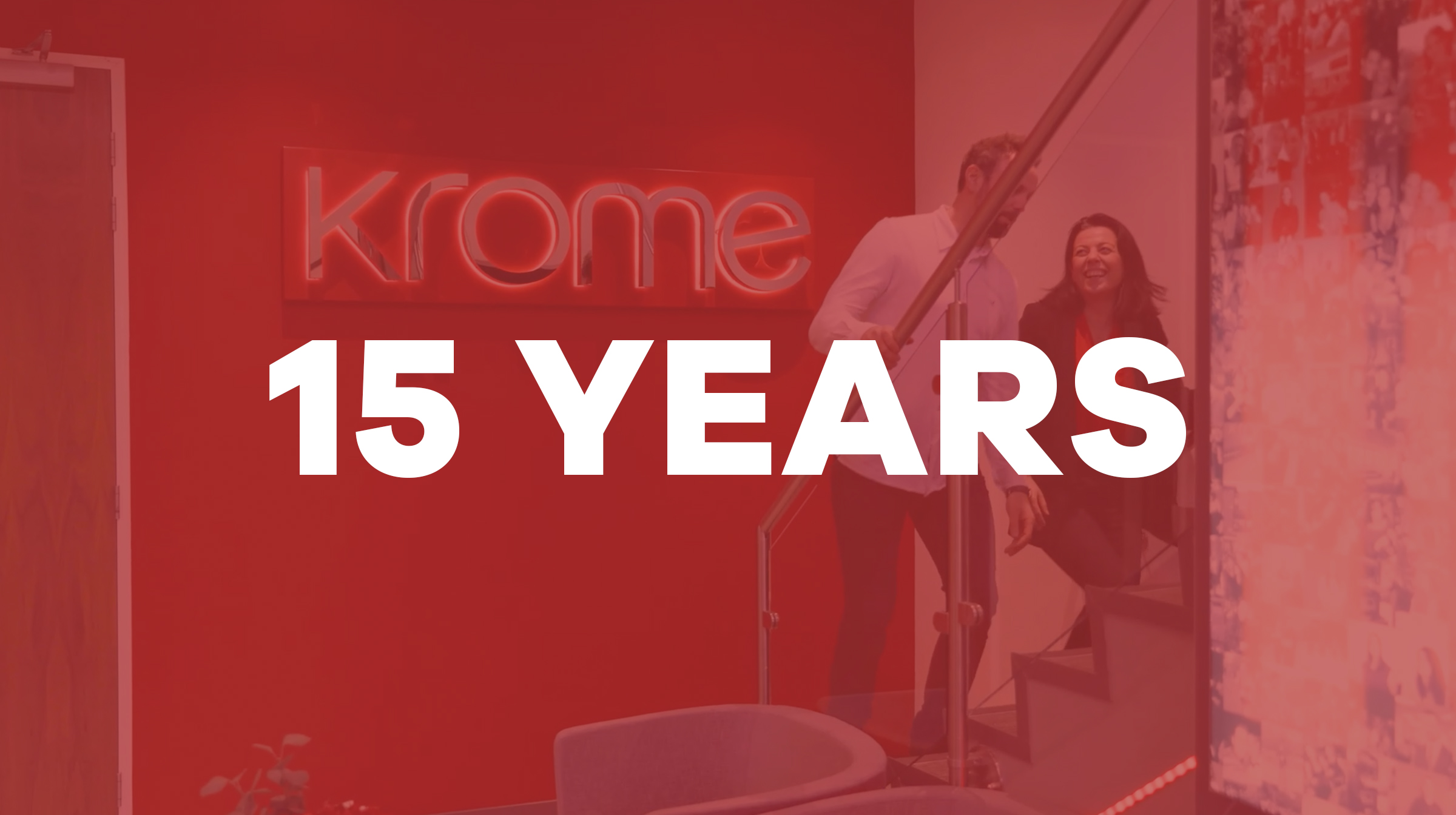M&A IT Integration
In this blog post, we explore the key considerations, challenges, and best practices for evaluating IT services and driving digital transformation during M&A.
In today’s fast-paced business landscape, mergers and acquisitions (M&A) have become a common strategy for organisations aiming to expand their market presence and gain a competitive edge. However, successful M&A initiatives require careful evaluation of various aspects, including M&A IT integration and digital transformation.
As an IT consultancy partner experienced in assisting organisations throughout the M&A process, we understand the critical role the migration and integration of technology plays in ensuring a smooth transition and unlocking the value of your investment.
M&A IT Integration – Assessing IT Infrastructure Compatibility
During the due diligence phase of an M&A deal, it is crucial to assess both the compatibility of the IT infrastructures of the merging entities and also the mode for the transfer. In terms of the technology transfer, this generally happens in one of three ways:
- Complete Cutover: generally where the company being acquired is being acquired in totality and therefore all the assets handover as part of the transaction. In this case the IT transfer can be planned as part of a medium-term integration with the parent org (or kept standalone if the business case supports it).
- TSA (Transitional Service Agreement): where an agreement is put in place between the two organisations for the existing operation to continue IT services for a period of time, while the new organisation migrates the services into their target operating model. A TSA normally comes with a strict deadline and financial penalties for ongoing service if this is not met.
- No Cutover: When an organisation is divesting part of its operation, it is sometimes the case that they will provide no transfer of IT services, requiring the acquirer to put systems in place in advance of the transfer and migrate the business onto those systems at the point of that transfer.
The understanding of which model you are operating within (sometimes recommending a change of model depending on what is found during the due diligence phase) is key to designing a successful transition.
From an initial understanding, you would undertake an evaluation of factors such as hardware, software, networks, databases and inter-dependencies which will help identify potential integration challenges and opportunities for consolidation. The following steps can facilitate a comprehensive assessment:
Infrastructure Inventory:
Create an inventory of the hardware, software, and networking components of both organisations. Identify redundancies and opportunities for consolidation to optimise costs and operational efficiency.
Application Portfolio Assessment:
Evaluate the existing application landscape of each organisation to determine compatibility, overlapping functionalities, and potential integration strategies. Prioritise critical applications and address any risks associated with compatibility issues.
Data Analysis:
Analyse data formats, structures, and quality across the merging entities. Ensure data governance frameworks are in place to address potential discrepancies and establish a foundation for reliable decision-making.
IT Governance and Security:
Assess IT governance frameworks, security protocols, and compliance requirements of both organisations. Identify gaps and develop a unified governance structure to mitigate risks and protect sensitive information.
Developing an M&A IT Integration Roadmap:
Once the IT infrastructure compatibility is assessed, it is essential to develop a well-defined IT integration roadmap that outlines the strategic and operational steps needed to merge the IT systems effectively.
Consider the following key elements:
-
- Prioritise Integration Phases: Divide the integration process into manageable phases, prioritising critical systems and functionalities. This approach minimises disruption to business operations and allows for gradual adjustments.
- Establish Cross-Functional Teams: Assemble teams comprising representatives from both organisations to drive the integration process. These teams should have a clear mandate, defined responsibilities, and open communication channels to facilitate collaboration and knowledge sharing.
- Define Data Migration Strategy: Determine the approach for migrating data from legacy systems to the unified infrastructure. Develop a robust data migration plan, considering data mapping, cleansing, validation, and verification to ensure accuracy and consistency.
- Address Change Management: Implement change management practices to help employees adapt to the new IT environment. Conduct training programs, provide clear communication channels, and foster a culture of openness and collaboration to mitigate resistance and enhance adoption.
- Driving Digital Transformation Opportunities: An M&A event presents an opportune moment to drive digital transformation initiatives. By leveraging the strengths and capabilities of both organisations, digital transformation can accelerate innovation, improve customer experiences, and deliver competitive advantages. Consider the following strategies:
- Identify Synergies: Assess the digital capabilities and competencies of each organisation to identify areas of synergy. Determine which technologies, processes, or systems can be shared, consolidated, or enhanced to create a more robust and agile digital ecosystem.
- Embrace Cloud Solutions: Evaluate the feasibility of migrating to cloud-based solutions. Cloud computing provides scalability, flexibility, and cost savings, enabling organisations to streamline operations, increase agility, and drive innovation.
- Enhance Customer Experience: Leverage digital channels and technologies to enhance the customer experience. Identify opportunities to automate processes, personalise interactions, and provide self-service options that align with customer preferences and expectations.
- Encourage Innovation: Create an environment that encourages innovation and experimentation. Establish cross-functional innovation teams that bring together talent from both organisations to explore new technologies, emerging trends, and disruptive business models. Encourage collaboration and knowledge sharing to foster a culture of innovation and continuous improvement.
- Data Analytics and Insights: Leverage data analytics and business intelligence tools to derive meaningful insights from the combined data assets. Utilise advanced analytics techniques, such as machine learning and artificial intelligence, to uncover patterns, make data-driven decisions, and drive operational efficiency.
M&A Overcoming Challenges
While evaluating IT integration and digital transformation during M&A can unlock tremendous opportunities, it is not without challenges. Some common challenges and strategies to overcome them are:
- Cultural Integration: Merging organisations often have different cultures, which can impact the success of IT integration and digital transformation. Promote open communication, establish shared goals, and encourage collaboration to bridge cultural gaps and build a cohesive and inclusive work environment.
- Stakeholder Alignment: Ensure alignment among key stakeholders, including executives, IT teams, and business units, regarding the strategic vision and objectives of IT integration and digital transformation. Effective communication, stakeholder engagement, and clear governance structures can facilitate buy-in and support.
- Legacy Systems and Technical Debt: Addressing legacy systems and technical debt can be a significant challenge during integration. Develop a strategy for modernising legacy systems, retiring redundant applications, and mitigating technical debt to create a more agile and scalable IT landscape.
- Data Privacy and Security: Merging organisations must address data privacy and security concerns, especially when integrating customer data. Understanding regional differences in regulation and culture around data is key when dealing internationally. Developing robust data protection strategies, complying with relevant regulations, and establishing comprehensive cybersecurity measures to safeguard sensitive information is paramount.
M&A IT Integration Consulting Partner
Evaluating M&A IT integration and driving digital transformation is a complex process that requires careful planning, collaboration, and expertise.
As an IT consultancy partner, we understand the intricacies involved and can provide valuable guidance and assistance throughout the entire M&A journey.
By assessing IT infrastructure compatibility, developing an integration roadmap, and leveraging digital transformation opportunities, organisations can achieve a seamless integration, unlock synergies, and position themselves for long-term success in the evolving digital landscape.
Remember, successful IT integration and digital transformation are not just about technology but also about people, processes, and cultural alignment.
With the right strategy, mindset, and expertise, organisations can turn M&A events into opportunities for growth, innovation, and competitive advantage.
If you are planning a merger or acquisition, or are currently navigating through the challenges of M&A, and would like advice on how to effectively manage any of the IT integration processes, please get in touch with us using the form below, or contact us on 01932 232345.
Want to know more?
Contact us today to explore how our tailored solutions can align with your business priorities.
Join our Krome community



